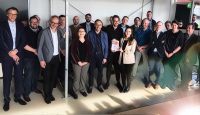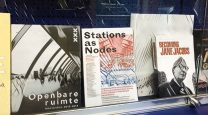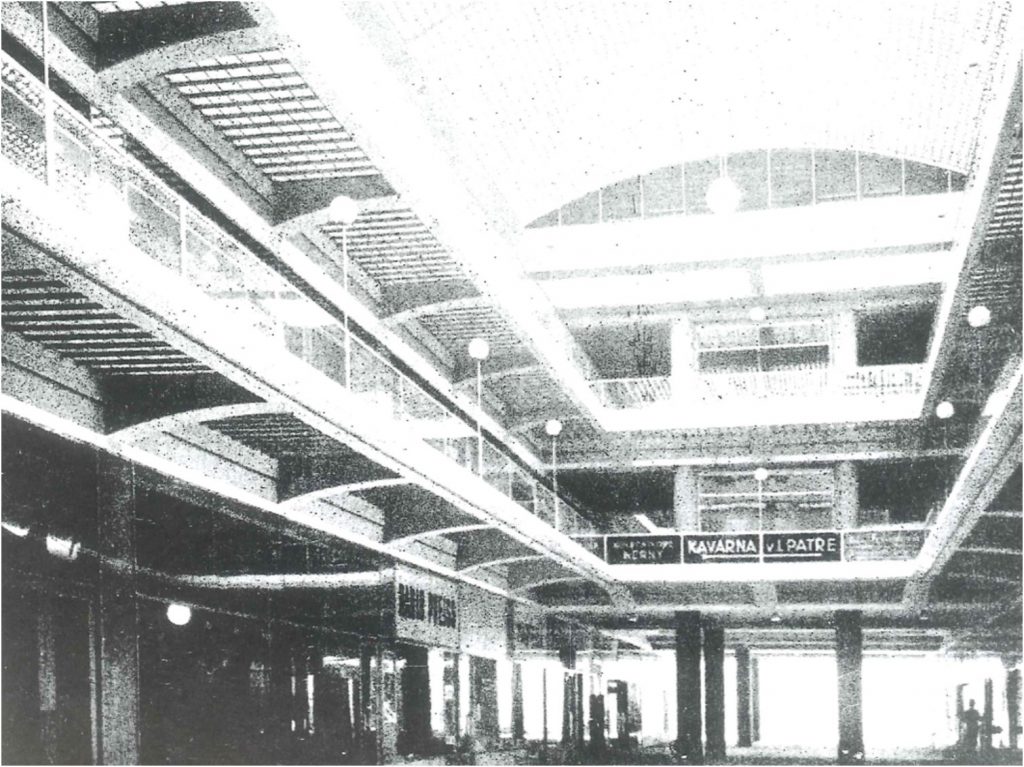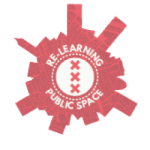Should dwelling options be re-conceived in the city of the future? Are the urban fabric and its public spaces more fluid in the future thanks to the advantages of emerging and new techologies?
Sharon Wohl, assistant professor in Architecture and Urban Design at Iowa State University, examines the creation of housing as a more nimble, flexible component: one capable of deploying to different sites and atmospheres, while simultaneously providing more broadly distributed access to amenities that otherwise remain limited to the privileged few. These ideas are operationalised through a speculative case study: a mobile dwelling architecture that can be deployed to various sites across the city – each being characterized by particular ‘niche’ offerings. Here, rather than dwelling units being considered as static entities within the urban fabric, they are re-considered as nimble, deployable agents – able to relocate to different sites and settings in accordance with different parameters that are customized through individual cost-benefit analyses and feedback dynamics. Accordingly, over time, bottom-up, self-organizing ‘niches’ of fit inhabitation emerge. The talk associates this kind of designed urban environment with the dynamics of complex adaptive systems – where emergent global features arise from the bottom-up. Here, a new kind of ‘swarm’ urbanism is deployed: one adjusting over time in response to atmospheric variables.
(closed discussion in The City of the Future Lab, TU Delft)



 .
. 


